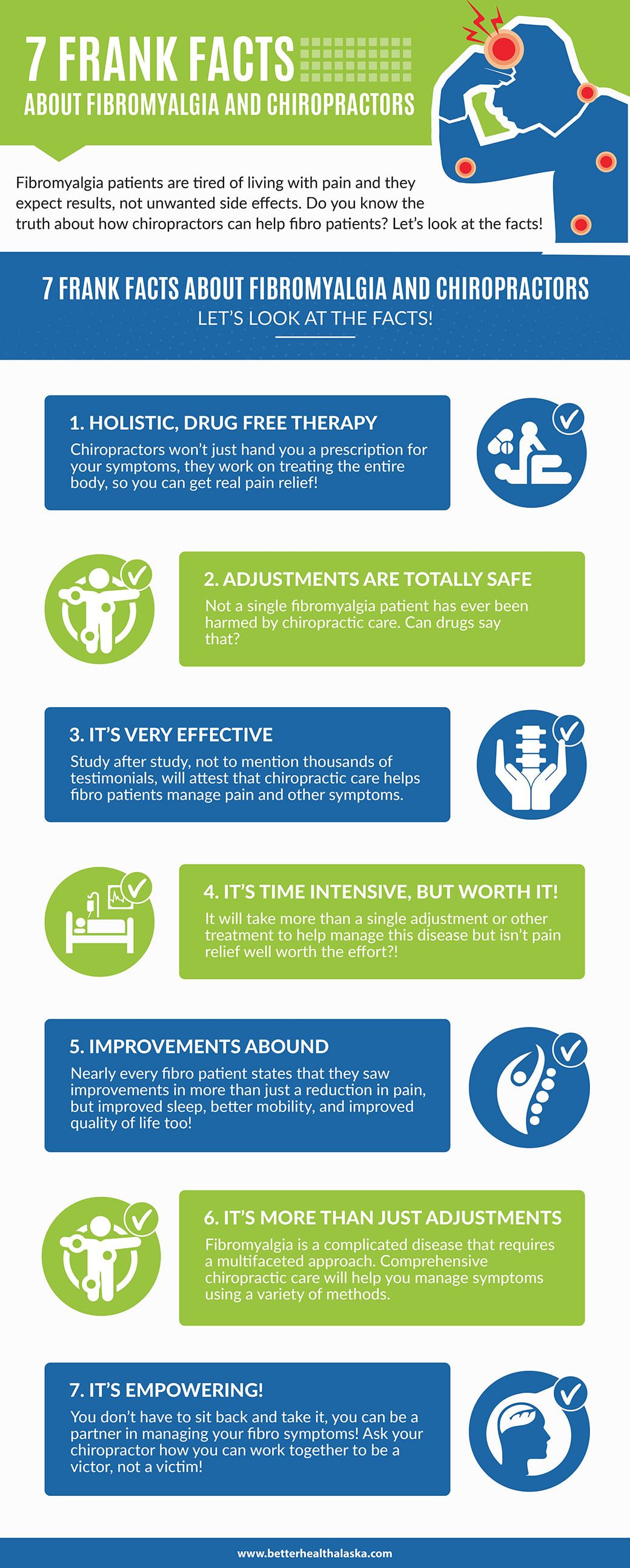What Your Back Pain States About Your Health: Common Problems And Signs And Symptoms
What Your Back Pain States About Your Health: Common Problems And Signs And Symptoms
Blog Article
Uploaded By-Tyler Sherrill
If you're experiencing pain in the back, your body may be trying to inform you something greater than simply discomfort. The way your back feels can supply valuable ideas concerning your general well-being. Understanding the certain sort of discomfort you're really feeling and any accompanying signs and symptoms is essential to unwinding the enigma behind your pain. Let's check out the typical problems and signs connected with different types of pain in the back to shed light on what your body might be signaling.
Sorts Of Pain In The Back
When it involves back pain, there are different kinds that you might experience. One usual type is muscle discomfort, typically brought on by overuse, strain, or injury to the muscular tissues and ligaments supporting the back. This kind of discomfort can range from light pain to extreme and debilitating pain.
An additional type is nerve discomfort, which can result from conditions like herniated discs or sciatica. https://doctor.ndtv.com/living-healthy/sciatica-all-you-need-to-know-about-sciatic-nerve-pain-1886281 presents as a sharp, shooting experience that emits down the leg.
Joint pain in the back can stem from concerns like arthritis or sacroiliac joint disorder. This type of discomfort is commonly really felt in the reduced back and can be intensified by specific motions.
In addition, back pain can be related to architectural issues such as spine stenosis or vertebral cracks. Understanding the type of pain in the back you're experiencing is vital in establishing the appropriate treatment and administration approaches.
Common Symptoms to Expect
Relocating past the numerous types of back pain, it's important to recognize the common signs and symptoms that can signify underlying concerns.
Relentless back pain that gets worse with movement or at night could suggest a much more serious trouble. Pins and needles or prickling in the legs or feet, specifically when accompanied by weakness, could indicate a nerve-related concern. If you experience unexpected weight reduction in addition to neck and back pain, maybe an indication of a much more systemic condition.
Pay attention to any type of modifications in bladder or bowel feature, as this could be linked to spine compression. High temperature, cools, or evening sweats combined with pain in the back may signal an infection. Keep an eye out for discomfort that emits down one or both legs, potentially a sign of sciatica.
Health Conditions Linked to Back Pain
If you deal with pain in the back, it's essential to understand the potential wellness problems connected to this discomfort. Pain in the back can be a sign of various underlying problems, including muscle stress, herniated discs, osteo arthritis, spine constriction, and even problems like kidney stones or infections.
what does it mean when your back hurts are common and often result from raising heavy things or sudden activities.
you could look here occur when the soft cells in between vertebrae protrudes, creating nerve inflammation.
Osteo arthritis, a degenerative joint illness, can result in pain in the back as cartilage material wears down.
visit the up coming website , the constricting of the spine canal, can tax nerves.
Kidney rocks may trigger extreme back pain if they relocate into the urinary system system.
Infections like spine osteomyelitis can additionally materialize as neck and back pain. Comprehending these prospective health and wellness problems can aid you seek proper treatment and administration for your neck and back pain.
Final thought
So, next time your back hurts, pay attention to the type of pain and going along with symptoms. Maybe a signal from your body regarding underlying health and wellness conditions like muscular tissue stress, nerve problems, joint troubles, and even structural concerns. By recognizing these indicators, you can take aggressive actions to resolve the source of your pain in the back and improve your overall health and wellness and well-being.
